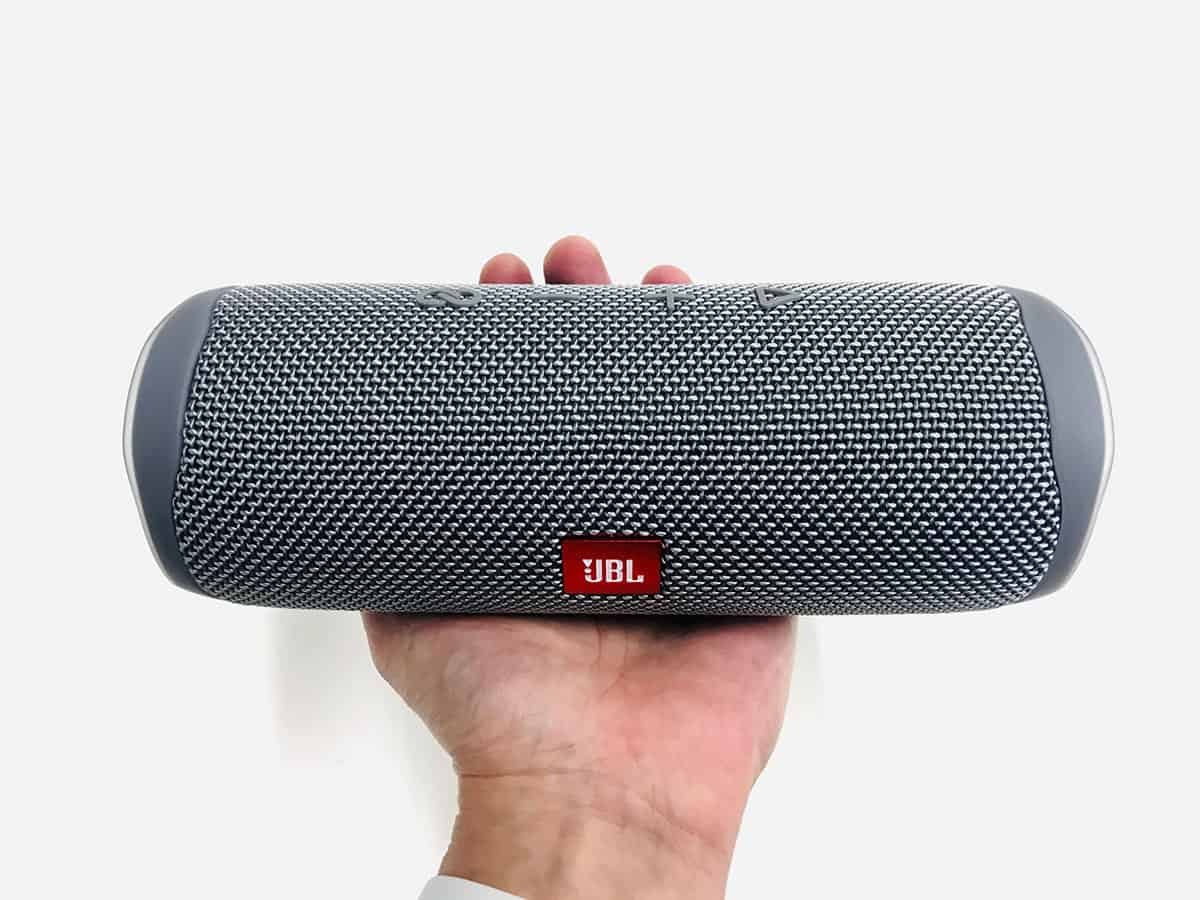

That being said, if you aren’t in the Charge game at all, the Charge 5 is absolutely worth the very reasonable $200 asking price. The Charge 5 does sound better of course, especially with those clearer, crispier vocals, but the Charge 4 is already quite strong. The question is where it’s substantially better to justify an upgrade? Unless you have a particular need for something dust-proof, probably not. The JBL Charge 5 is much better than the JBL Charge 4 that’s not up for debate. Keep it at around 70-80% and you should easily get your worth from this. JBL claim and deliver on 20 hours of listening time on a single charge, but it can be slightly less if you’re pushing this to max volume the entire way.
#Jbl charge 5 vs 4 driver
The driver arrangement has changed from the Charge 4, and it’s clear JBL have made some smart engineering choices to bring more presence to the mids and highs without toppling their reputation for party-minded bass. Overall, the sound that comes out of the Charge 5 is incredibly impressive. A song like Mystikal’s Neck Ov Da Wudz has plenty of sub-bass driving the production, and while the heavier parts come across well from the speaker, the lighter, more delicate bass kicks do sound a bit restrained. Although songs with more sporadic bass patterns can expose the weakness of this speaker when compared to something like the JBL Xtreme 3 – not all nuances are picked up. This helps with the speaker’s 65Hz low-end response, which is incredibly strong and detailed considering the speaker could still be considered quite small. This means the bass radiators at either end of the speaker are able to vibrate more freely, without any constraint. Similar to previous models, the cylinder design is important.
#Jbl charge 5 vs 4 Bluetooth
Bluetooth standard has improved, of course, jumping to Bluetooth 5.1. As such, you’re relying solely on Bluetooth here, which is fortunately incredibly stable and consistent, with no drop-outs even at great distances. But this may have been a necessary sacrifice to make to focus on dust resistance. One interesting difference is the decision to completely do away with a 3.5mm port. It’s clear JBL have finally landed on a design that’s completely resistance to dust ingress, which should make this the ideal camping speaker (for when we’re all able to do those things again).

In fact, the IP67 rating is up from the IPX7 rating for the Charge 4, not only owning water resistance but shrugging off dust as well. Just because the latter isn’t covered, doesn’t mean the speaker doesn’t sport superior protection. It’s an attractive, cylindrical speaker with physical buttons on top for all your playback standards, and a flap at the bottom-rear for the USB-A port, while the USB-C port isn’t covered.

Aside from a more pronounced logo and some sleeker curves, the Charge 5 looks very much like the 4.

Although upon the first look you wouldn’t really be able to tell. Most of the change happens with the design. The Charge 5 is a meaningful improvement over its processor, edging that out and reiterating JBL as a company that really goes hard when it comes to their many ongoing series’. It’s still one of my favourite portable, durable speakers to take on a short trip away.
#Jbl charge 5 vs 4 series
JBL’s Charge series has always justified popularity, and no more was that true than for the Charge 4.


 0 kommentar(er)
0 kommentar(er)
